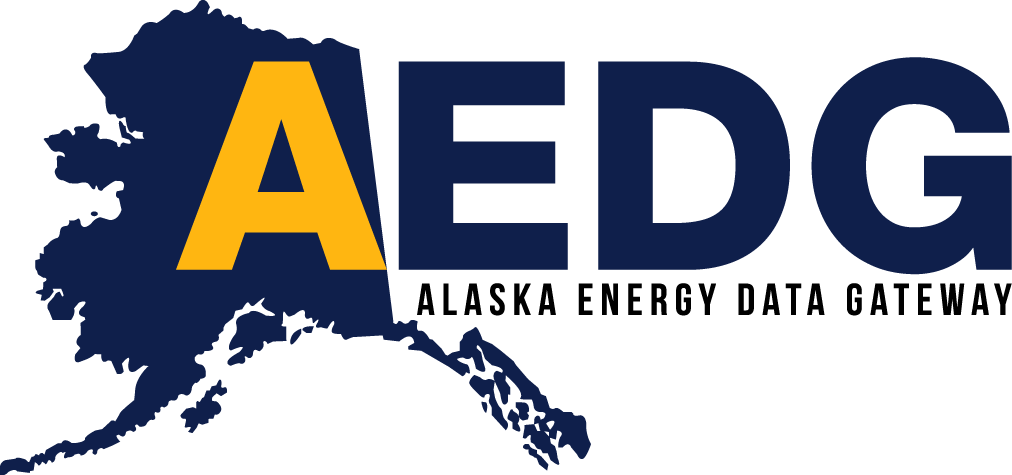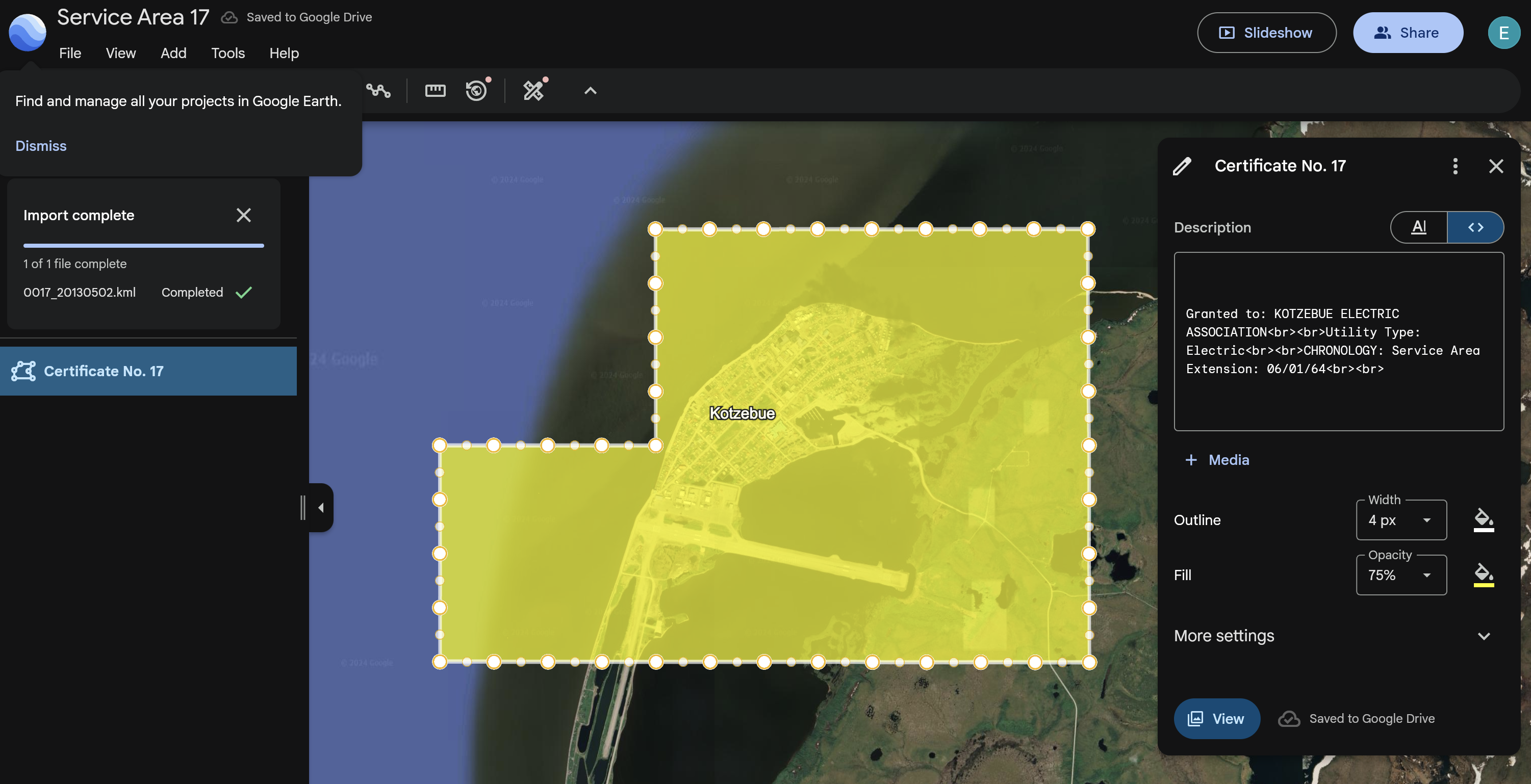6 Axioms
Domain-specific rules that describe entity relations in the Alaska Community Ontology
Axioms are domain-specific rules that encapsulate what we know about the Classes.
- Axioms could form the basis of quality checks to entered data or the definition of the ontology. For instance, if the axioms include
x = yandy = z, trying to enter anxthat isn’t equal tozwould fail a test. - An Axiom should describe only one quality because it will eventually have a code-based test, and we want to keep those independent of each other.
6.1 Regions
6.1.1 State
- The State is defined to be Alaska
- All Communities are in the State
6.1.2 Community
- Communities are primarily determined by the expectations of the AEDG audience.
- Communities should be equal to a single entity (preferred)
- Transportation joins Communities
- Transportation joins Communities to services such as fuel distribution
- A Community has a measured population
- The DCRA uses Census Designated Places as Communities
- A city could be separated into multiple Communities. For example, parts of Fairbanks such as College and Farmers Loop are listed separately in AEDG.
- The DCRA uses Census Designated Places as Communities
6.1.3 Indigenous
- Alaska Native village corporations are not subsets of Alaska Native regional corporations. These are independent types of entities.
6.1.4 Legislative Districts
- A Senate election district is composed of two contiguous house districts, if possible.
- Districts are redefined every 10 years after the federal census, and may change intermittently due to court challenges.
- HouseDistricts can contain multiple Communities.
- A single Community might intersect several HouseDistricts (example: Fairbanks)
- Therefore: HouseDistrict population cannot be determined from a sum of Community populations.
6.1.5 Boroughs
- Communities can be unincorporated, meaning they are not in a Borough.
- If incorporated, a Community can only be in a single Borough
- There is one Unorganized Borough
- The Unorganized Borough is split into CensusAreas for statistical purposes (not administrative)
6.1.6 Census
- Census blocks are not permanent through the decades. If a block is split, a suffix is added to the block number.
- Census blocks are not required to have population. They could be water-only.
- Census blocks nest within a census tract.
- Census tracks nest within state
- Census tracks nest within county, or the statistical equivalents of counties
- The optimum population of a census track is 4000 and the size is adjusted to accomplish that
- Census tracts occasionally are split due to population growth or merged as a result of substantial population decline.
- A Census Designated Place (CDP) can be located in more than one county
- A CDP cannot cross state boundaries.
- A CDP has a name that is different from adjacent places, but is not unique and can change.
6.1.7 Zip Codes (Optional)
- A ZipCode can contain multiple Communities, especially in rural areas.
- A single Community can contain multiple ZipCodes, especially in urban areas.
6.3 Regarding Time
The assumption is that this needs to function for the current time only. Of course, boundaries change over time, and that these changes are of interest to researchers. However, the main users of AEDG have been defined as requiring current data to support future projects or to determine the success of existing projects. Researchers can download data and work out time-dependent issues for themselves.

